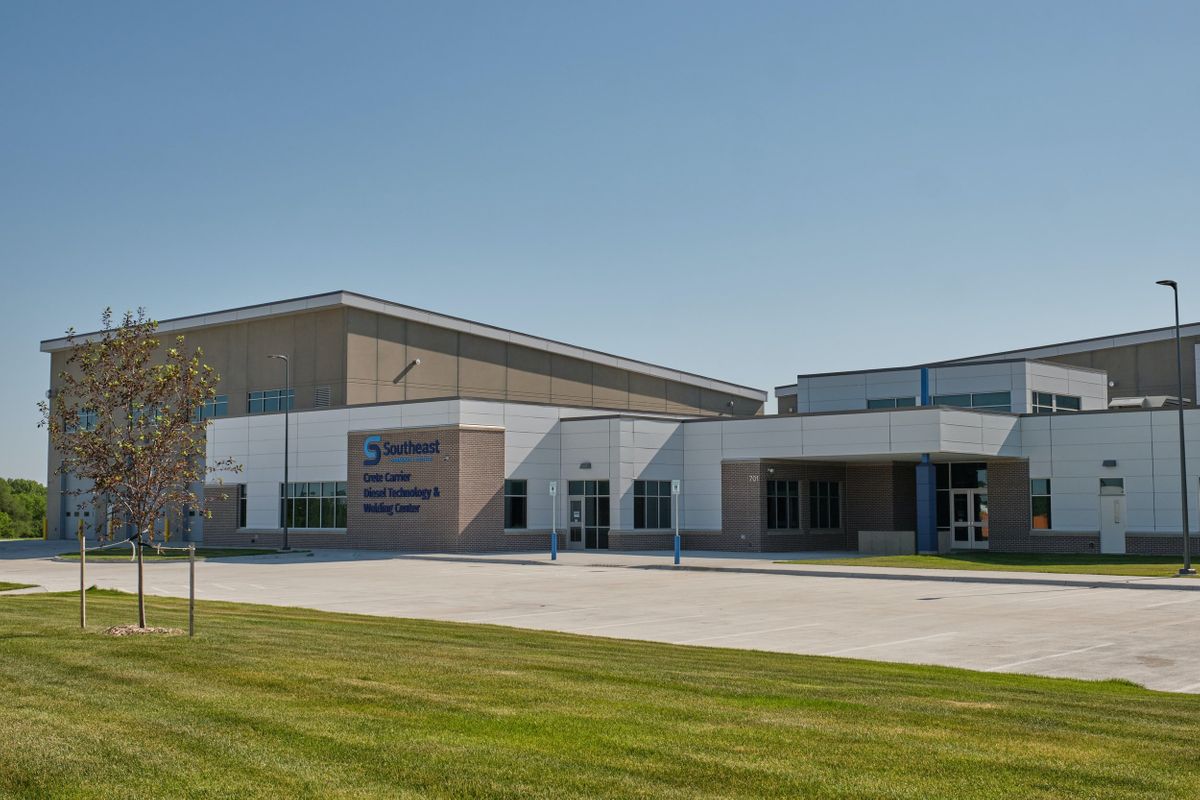Yes! Buildings and campuses, depending on their size, are heated and cooled differently. A home might use a relatively small central air conditioning and furnace combination, or maybe a furnace with window air conditioners. Larger buildings and campuses with multiple buildings, however, may utilize boilers for heating and chillers for cooling, with system pumps to distribute chilled water to various connected locations. In this article, we’re going to focus on chillers, and discuss opportunities to run them more efficiently.
Chillers send refrigerant and chilled water throughout building(s) in different pipes to cool spaces. During the cooling season, cold liquid will flow through pipes. Warm air in a room gets blown over those pipes, which pull the heat from the air, and then the cooler air is blown back out into the space. The temperature of the chilled water as it flows through the pipes plays a big role in how efficiently the system cools the spaces. One simple way to manage a chiller more efficiently is to pay attention to the water temperature and adjust based on the outdoor air temperature. If the outdoor air temperature is more mild, the water temperature may not need to be as cold as it would be if there was a bigger difference between a hot outdoor temperature and the temperature at which you desire the room to be.
Chillers are large pieces of equipment, and take a lot of energy to start-up and shut-down; this is one reason why people may think it’s hard to be efficient with a central plant and chiller system. A strategy like occupancy centralization can help save energy. By centralizing occupancy on a campus and setting building set-points to appropriate unoccupied temperatures when not in use, a chiller can just focus on cooling certain areas. For example, if there are 100 people on campus for various meetings and events, instead of spreading them out over 10 buildings, cluster the groups in 5 buildings. This way, the chillers won’t need to work as hard to cool a larger portion of campus.
Optimizing a central plant by considering sequencing options can also save energy and money. For example, it may be more efficient to operate more pumps at lower frequencies instead of fewer pumps at higher frequencies. Lower frequencies, even though requiring more equipment to run, may in the end produce the same amount of power needed but using less energy. Optimizing an HVAC system can also save water. Systems with cooling towers can see high evaporation rates and need more chemicals to keep bacteria from forming, which then requires periodic draining and refilling with fresh water. By making sure a system is functioning efficiently, less water evaporates and requires fewer chemicals and less frequent draining, reducing the water waste.
Humidity is also a consideration for HVAC equipment; we’ll look at humidity’s impact on air conditioning in a future article. Contact Fusebox for more strategies to save on your energy use!
Check out Laurel’s other blog posts!
- DEMANDing Reductions
- Electricity in the Summer
- Demand vs. Consumption - Electricity is Complicated!
- Better Indoor Air Quality Means Happier (and Healthier) Occupants
- Who Decides the Utilities’ Rates?
- What is a Regulated vs. Deregulated Utility?
- Incentives for Solar and Renewables
- On-Site Solar vs. Community Solar - What Should You Do?
- Energy Benchmarking Is Becoming Mainstream
- The Cost of Water is Increasing…Now What?
- Gift-Giving For The Energy and Sustainability-Minded
- Water Reuse is Water Conservation!
- Tracking and Reducing Water Use in Your Building
- Teachers as Energy Conservation Champions in Schools
- Plug Loads and Commercial Office Tenants
- Communicating Energy Conservation With Residential Tenants
- Water, Waste, and Cleaning Of Buildings In A Post-COVID World
- Energy Management In Buildings In A Post-COVID World

